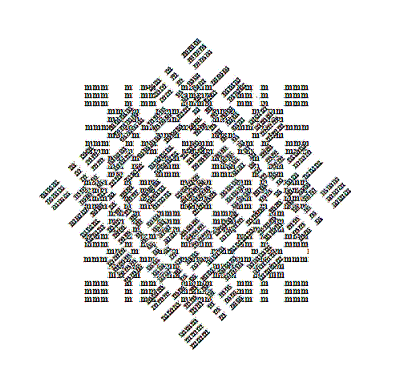What you’re blind to will bite you!
Saturday, December 21st, 2019[ by Charles Cameron — note, incidentally, that Scientists have gotten predictions of global warming right since the 1970s ]
.
Well, first let’s note that the UN a few days agoissued its Emissions Gap Report 2019 which is variously described as “bleak” (Washington Post) and “bleak (NY Times) — so it’s presumably bleak. The UN also issued:
UN, 10 things to know about the Emissions Gap 2019 UN, Visual feature: The Emissions Gap Report 2019
Still bleak.
But at least we have simple forms in which to absorb the message.
**
Meanwhile, Yale has very helpfully packaged 24 recent reports on climate change, and there’s still one missing.
Let’s see:
Yale Climate Connections, 12 major climate change reports from 2019 Yale Climate Connections, 12 reports on carbon pricing, climate security, and more
And look, they cover everything from Interventions to Increase the Persistence and Resilience of Coral Reefs to Canada’s Changing Climate, lessons on action against tobacco and fossil fuels to the State of Climate Adaptation in Public Health of 16 U.S. States, and Malaria eradication within a generation to FEMA on Community Resilience and so Are the public ready for net zero?.
Tet last two come closest to what I think is missing. They consider human response to climate change in light of the climate change crisis — but they’re still exterior to the humans they consider — they’re from the realm of sociology, and I’m interested in the corresponding interior states, the psychology of human response. And in particular our capacity for denial and indifference, our stickiness / stuckness.
What’s the sludge through which we must make our way to awareness? Why does this feel so very much like trench warfare in World War I, re-enacted in mind?




